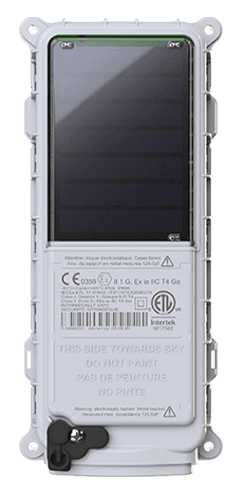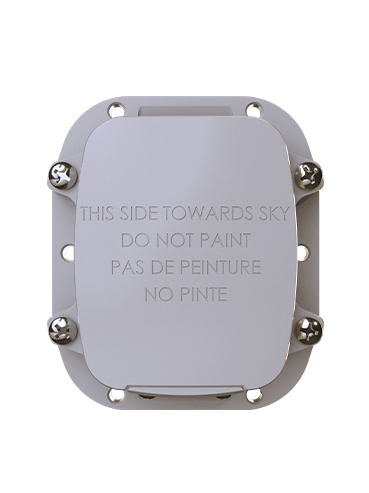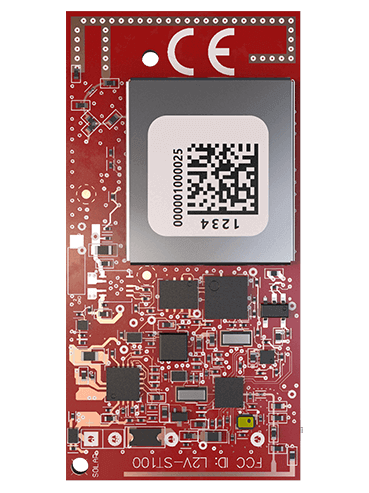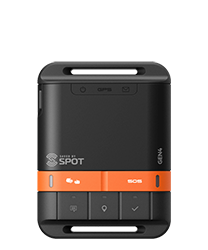How Satellite-Powered Edge Processing Improves Supply Chain Logistics in the Transportation Industry
The transport and logistics industry has made huge progress in understanding and harnessing the benefits of being able to track and monitor assets and cargo.
There is now widespread recognition of the operational value that can be derived from having an accurate understanding of the location and status of high-value fixed and movable assets, including road vehicle fleets, sea-faring vessels as well as tank cars and containers.
Any asset can yield a far higher return on investment over its lifecycle when it is intelligently managed; productivity is maximised and downtime is minimised.
Of course, a huge benefit too is that customers get reliable information on supply chain timetables.
Industry has woken up to the potential business value that can be realised from analysing the granular information harvested from innovative asset tracking solutions. Thanks to the burgeoning data lakes from the Internet of Things, everyone is talking about Big Data today.
Ubiquitous and Uninterrupted
To ensure data streams are true, robust and complete – in order for analytics specialists to be able to make accurate and trustworthy predictions reliably – transmissions from the IoT devices need to be ubiquitous and uninterrupted. This presents challenges when you are tracking a container making its way across the globe.Many of us will have personally experienced the frustration of data transmission interruption: for example, when you’re watching Netflix and your Wi-Fi falters. When you’re transmitting data to monitor a worldwide fleet of cargo vessels, the consequences of dataflow interruption are can be more serious.
A variety of technologies and solutions exist in the market which promise always-on low-power tracking capability for assets and cargo. These are based on a range of distribution technologies including GSM, proprietary radio (LoRa) and local or wide area networks (LAN/WAN).
However, only by employing satellite communications can users be sure that the connectivity with their shipments and the assets which convey them will be uninterrupted, whatever the weather or environment, and even when items travel beyond regions of reliable GSM reach.
Competitive Edge
Satellite-enabled IoT asset tracking takes another huge leap forward when the tech can embrace computing at the edge.Edge computing is a fast-growing IT paradigm which refers to networks and devices at or near the user. Edge is about manipulating data closer to where it’s being generated, enabling processing at greater speeds and volumes, leading to more action-led results in real time. Computing at the edge means significant savings on moving data, because the information is processed where produced, and needed. Edge-located data processing keeps functioning even when communication channels are slow, intermittently available or down. Add the reach and always-on reliability of satellites into the mix, and you get a completely robust, highly capable and ubiquitous data flow, with no interruptions that render the data, and the ability to consistently track and monitor assets, ineffective.
 SmartOne Solar
SmartOne Solar SmartOne C
SmartOne C ST100
ST100 STX3
STX3 SPOT X
SPOT X SPOT Gen4
SPOT Gen4 SPOT Trace
SPOT Trace